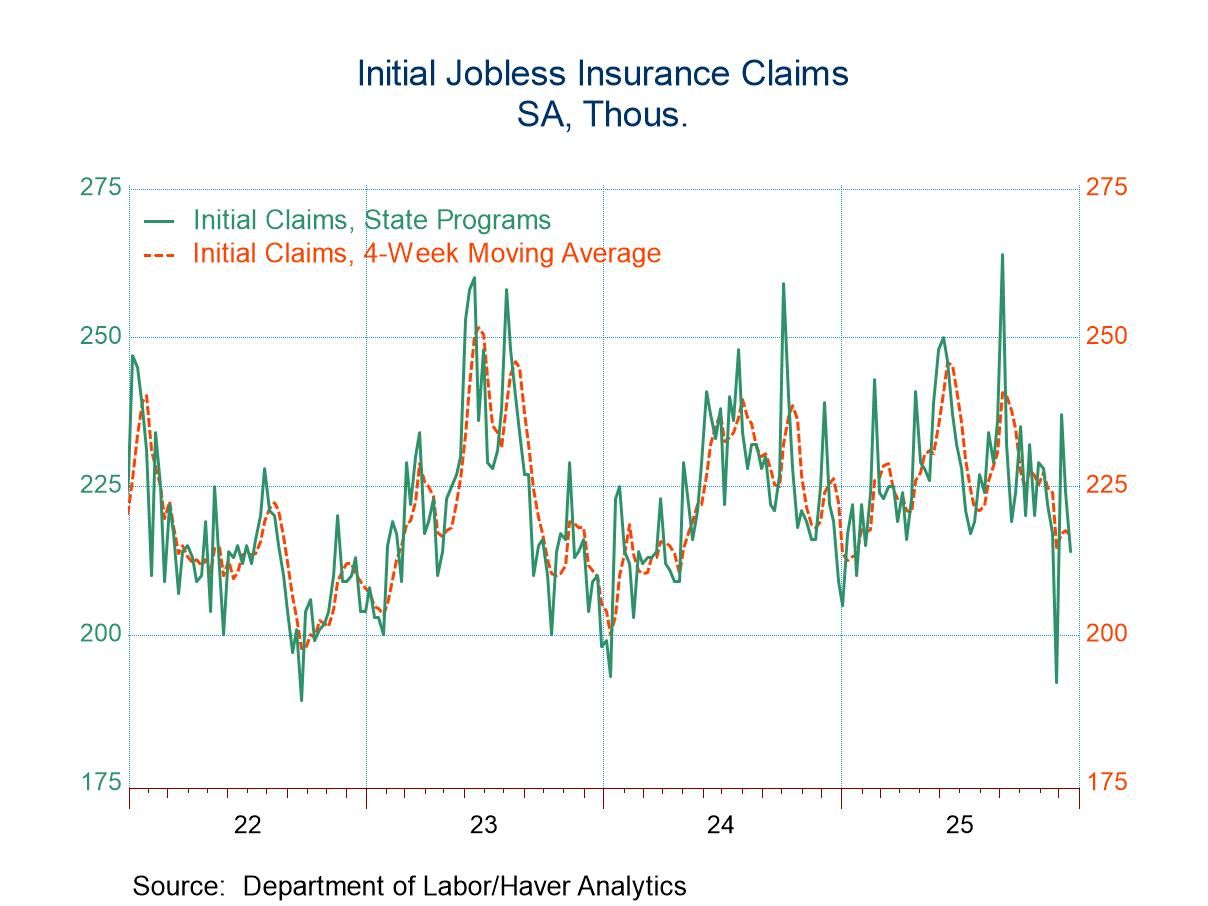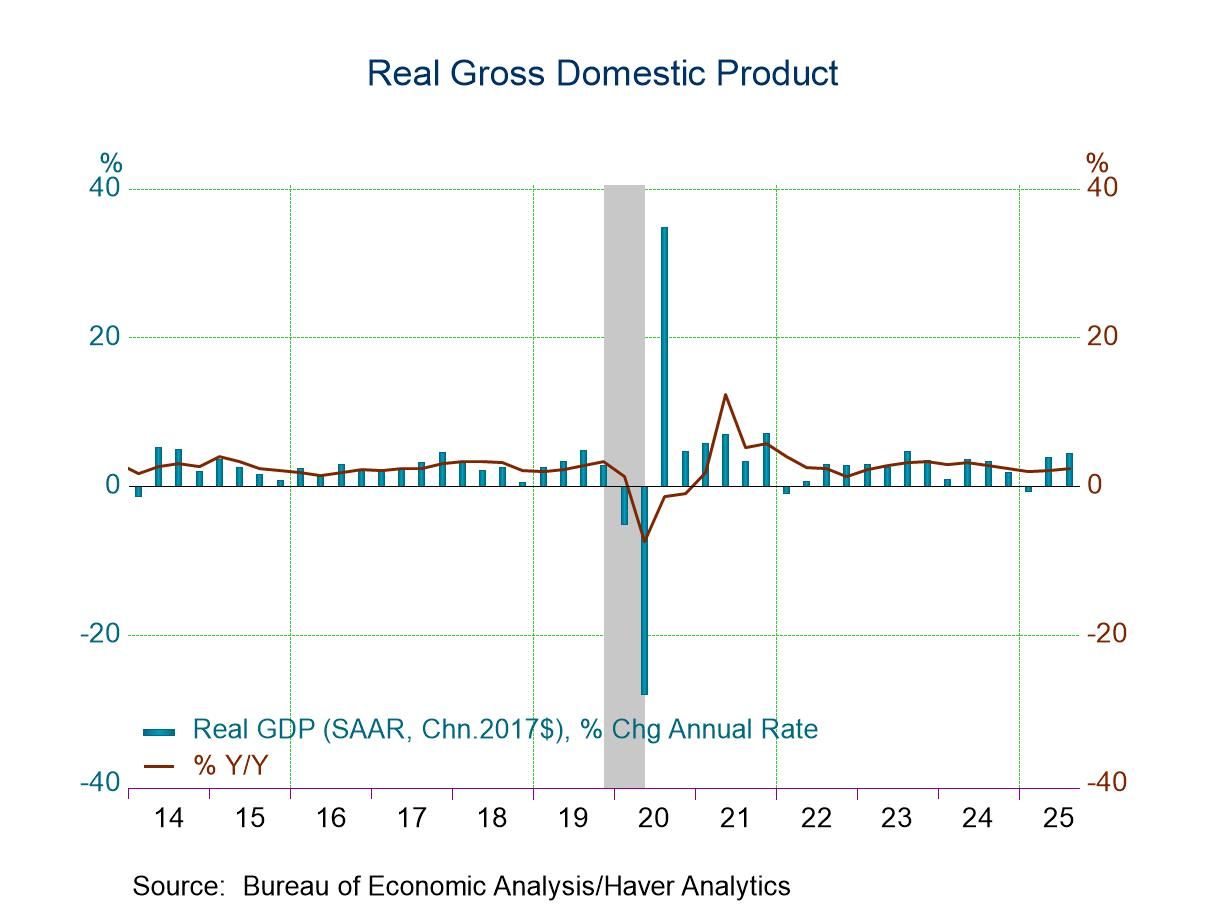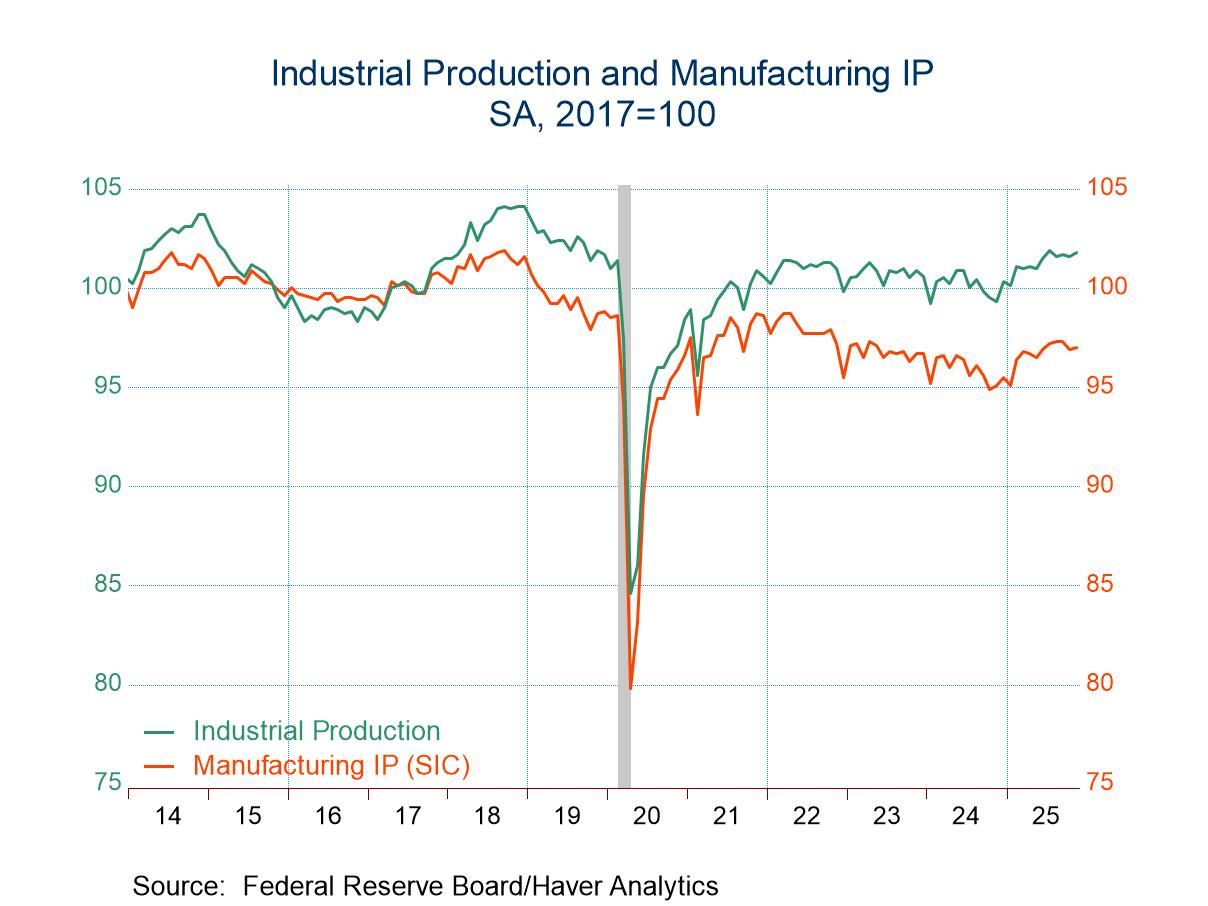IFO Continues to Show Some Improvement

The IFO gauge improved in January. It has been improving since reaching its low point in September to October of last year. In January, the all-sector climate index improved to -7.2 from -11.5 in December. All the components improved; the service sector reading moved to a positive reading of +0.2 in January from -1.2 in December.
Expectations are responsible for the bulk of the improvement month-to-month. Overall expectations improved to -18.8 in January from -25.6 in December. The current business situation, however, deteriorated to a 14.4 reading in January from 15.2 in December.
While the current conditions index edged lower month-to-month, the manufacturing sector improved to a 17 reading in January from 13.7 in December. Also improving was the retail sector, which is the lone net-negative reading for January. It improved to -2.3 in January from a worse -5.4 level posted in December. Deteriorating month-to-month were the construction sector, wholesaling, and services.
Expectations showed improvements across the board. However, all the expectation readings have net-negative values. This indicates that IFO respondents are still negative on the future. But they're not as negative as they were in December.
Ranking data as evaluators Ranking data provide a means by which to evaluate the diffusion readings. The standings I will refer to next are based on the percentile position of the relevant categories when placed in their historic queues of values back to March 2005. In this system, 100% is the highest possible reading; 0% is the lowest. Percent of range data (percent of high-low values) also are presented in the table. These are very different concepts.
The diffusion score for the climate all-sector index has a ranking in its 16.7 percentile. That means that since March 2005, the all-sector climate index has been this weak or weaker only 16.7% of the time. The sectors reported in the table are manufacturing, construction, wholesaling, retail and services. They show standings that range from a low of 11.1 for services, to a high standing of 21.9 for manufacturing. All of them are in the bottom 25 percentile of their respective queues of data. And some of them are much lower in that percentile cohort.
Current conditions show the all-sector index, at a 23.7 percentile standing. The current index is in the bottom quartile of its historic queue of data. The construction sector is the only sector with a reading above its 50th percentile, which tells us it's above its historic median on this timeline. The construction sector has a standing at its 61.4 percentile. After that, the next strongest reading is a 41.4 percentile reading in retailing, followed by a 35.8 percentile reading in wholesaling and at a 33-percentile standing in manufacturing. The service sector is weakest, at a 20.5 percentile standing.
The real weakness in the IFO framework is in expectations. The all-sector expectations standing is in its 8.4 percentile, the bottom 10-percentile of its historic queue of ranked data. The strongest reading among sector expectations is in manufacturing with an 11.6 percentile standing – still not impressive to say the least. The weakest reading is construction at a 3.3 percentile standing. The relative weakness in construction is not surprising, since it's the sector that performs the best right now in the current situation. Apparently, there are expectations that this performance is going to be short-lived. Survey respondents see it as having perhaps the farthest to fall compared to other sectors that are already performing worse in their current conditions.
Performance since COVID As another benchmark on performance, we look at data since January 2020, before COVID struck. All the climate readings are now lower on that time horizon. Current conditions show all the January diffusion values are below their January 2020 levels except for manufacturing. That sector’s current reading is higher by 11.1 diffusion points. The largest drops in the current framework are in construction, which is 34 diffusion points lower, services that are 24 diffusion points lower, and retailing that is 21.3 diffusion points lower. Expectations also show across the board declines since January 2020. The all-sector diffusion index is 12.7 points lower. The smallest drop is from manufacturing, where expectations are only 5.3 points lower. That drop is followed by services, with the January expectations index only 15 points lower. However, there's much more severe weakness in construction, which is 34.8 points lower, wholesaling, which is 20 points lower, and retailing that is 24 points lower.
On balance, the IFO readings in January continue to show weak and weakening current conditions, tempered by some improvement in expectations – that are themselves still exceptionally weak. The climate index has improved month-to-month. But the individual sectors continue to have extremely weak readings on both current conditions and for expectations with across the board much weaker readings.

Summing up All the usual problems continue to dog the German economy. Inflation is too high. The ECB is raising rates. There's a war virtually on its doorstep in Ukraine. Germany has been fighting political battles over the support for Ukraine within NATO. And, of course, the war between Russia and Ukraine continues with untempered severity. World organizations have warned about the prospects for recession this year. Businesses and central banks are bracing for it, while some central banks continue talking as though they might be able to avoid recession. The proof of that pudding will be in the eating if any of that pudding is served.
Robert Brusca
AuthorMore in Author Profile »Robert A. Brusca is Chief Economist of Fact and Opinion Economics, a consulting firm he founded in Manhattan. He has been an economist on Wall Street for over 25 years. He has visited central banking and large institutional clients in over 30 countries in his career as an economist. Mr. Brusca was a Divisional Research Chief at the Federal Reserve Bank of NY (Chief of the International Financial markets Division), a Fed Watcher at Irving Trust and Chief Economist at Nikko Securities International. He is widely quoted and appears in various media. Mr. Brusca holds an MA and Ph.D. in economics from Michigan State University and a BA in Economics from the University of Michigan. His research pursues his strong interests in non aligned policy economics as well as international economics. FAO Economics’ research targets investors to assist them in making better investment decisions in stocks, bonds and in a variety of international assets. The company does not manage money and has no conflicts in giving economic advice.






